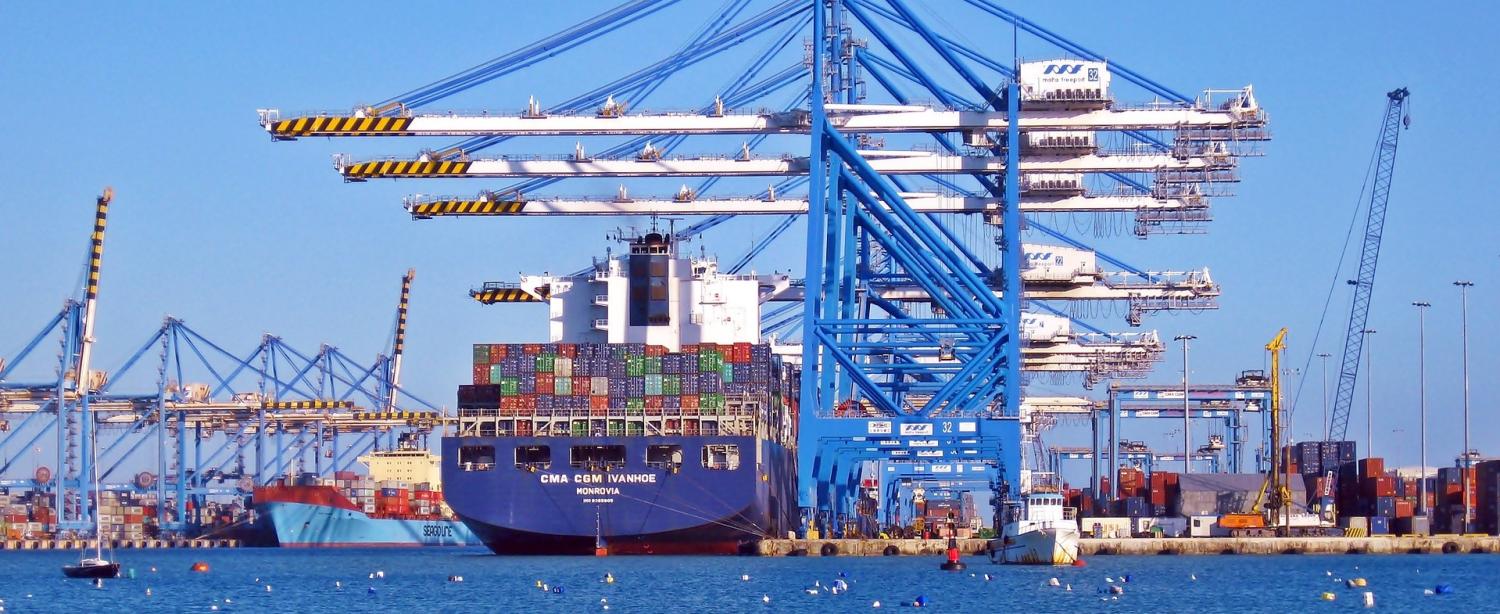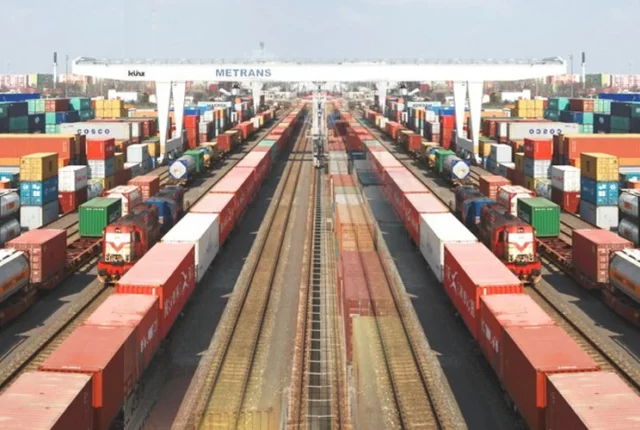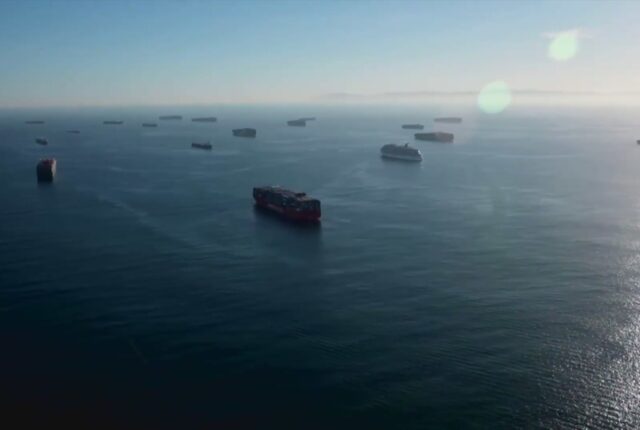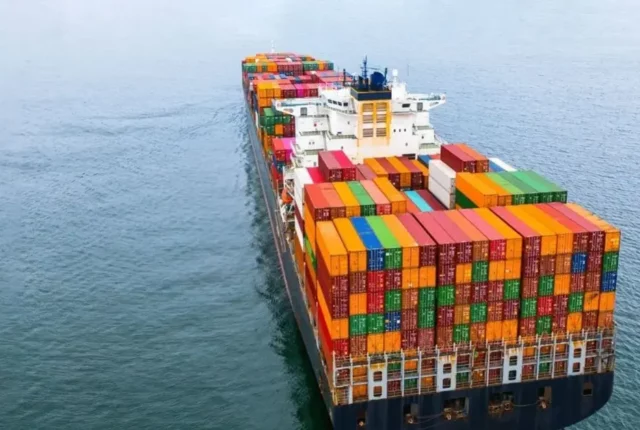
Trans-Pacific capacity dips amid alliance reshuffle—impact on rates?
Those importing from Asia, China in particular, will see a dip in capacity from carriers here in February, according to maritime intelligence company eeSea. Blame is falling on carrier alliance reshuffling, but the Lunar New Year plays a role too.
Laura Robb reported:
The restructuring of carrier alliances is causing a short-term capacity shift in the trans-Pacific, giving cargo owners about 20% more functional capacity this month compared with a year ago but still 8% less than in January, according to analysis by maritime intelligence firm eeSea.
eeSea’s forecast has the number of services on the eastbound trans-Pacific increasing by four to 53 in February. And although services are increasing, functional capacity on the trade lane will decrease.
One would think an increase in services would also mean an increase in capacity. However, eeSea advises shippers not to be misled by this fallacy. Instead, the alliance and service transition period causes some decrease in capacity, which Robb’s article explains along with the Chinese New Year factoring into the situation:
As services get reorganized, the most significant drop in capacity will take place in the second half of February after Lunar New Year, with about 7% of the lost capacity attributed to a short month and “gaps in service handoffs,” eeSea said.
Amid the capacity shift, several sources cited congestion at Chinese ports, including Shanghai and Ningbo, at the start of the Lunar New Year holiday. The slowdowns at origin are further tying up functional capacity, widening the impact of the simultaneous alliance revisions.
Stephen Nothdurft, vice president of North American sales at forwarder MOL Consolidation Service, said some of the congestion can be attributed to cargo arriving at Chinese ports too close to the holiday, with a lack of vessel space to serve the cargo during the alliance reshuffling.
Freight Rates
Congestion at major hubs in the international shipping industry commonly puts a strain on capacity. With capacity representing the supply side of shipping’s supply/demand balance, that often means an increase in freight rates. Luckily, this tends to be a slow time of year for international shipping, particularly trans-Pacific shipping. Thus, the demand side being lower should help avoid a February freight rate hike.
In fact, other factors have been putting downward pressure on freight rates too. The ceasefire between Israel and the Hamas terrorist leaders in Gaza, with the Iranian-backed Houthis pledging to stop attacking non-Israel ships in the Red Sea, combine with the Lunar New Year shutdowns/slowdowns to create downward pressure on freight rates.
A few days ago, the editorial team at Safety4Sea reported on the international shipping research company Xeneta’s data that projected freight rates to fall in February:
Furthermore, from the Far East to US East Coast, average spot rates decreased 7% during January to stand at USD 6 417 per FEU. Into the US West Coast, spot rates are USD 5 021 per FEU, down 14% in the same period. Spot rates on both US-bound trades flattened in the second half of January following a sharp early month decline. Heading into February, spot rates could fall further, particularly into the US West Coast, while the US East Coast holds a little firmer.
The drop in capacity from the shifting alliances is a mitigating factor for all the downward pressure on freight rates. It may be enough to make freight rates hold close to steady for the rest of February. However, the downward pressure may be higher than the upward pressure from the capacity drop. Thus, freight rates could still come down some. They could really come down if carriers that haven’t been quite ready to trust a return of container ships to the Red Sea and Suez Canal start testing those waters.
When carriers do feel more comfortable returning ships to the Gulf of Aden, Red Sea, and Suez Canal, that should create a significant capacity increase, ending the rerouting of ships around the continent of Africa.
How Alliances Are Reorganized
For the biggest, most immediate change to global ocean freight, instead of the three major alliances of 2M, THE Alliance, Ocean Alliance dominating global shipping, the world’s major ocean freight carriers are organizing like this:
Ocean Alliance – CMA CGM, COSCO, Evergreen, OOCL
Gemini – Maersk, Hapag-Lloyd
Premier Alliance – Hyundai Merchant Marine, ONE, Yang Ming
MSC vessel sharing with the Premier Alliance on Asia-Europe routes
MSC and ZIM alliance on transpacific
Trans-Pacific capacity has declined due to ongoing alliance reshuffles, leading to potential fluctuations in sea freight rates. As carriers adjust their networks, shippers may face tighter space availability and rate volatility, impacting overall logistics planning and costs.
Source: Article






